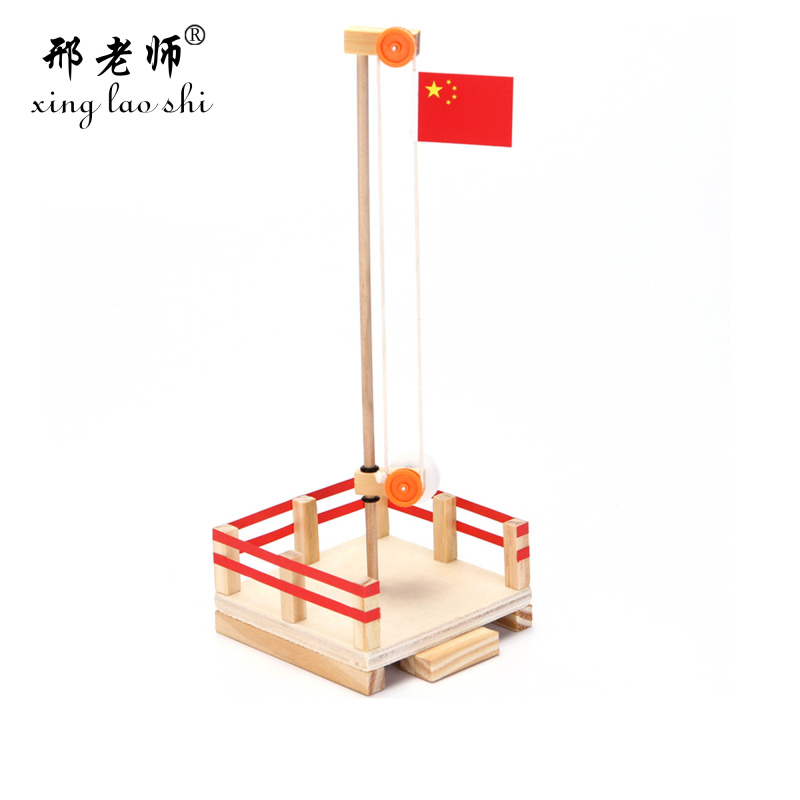Product Name: KX1925 Lifting Platform
Product Code: KX1925
Size: 100*100*270mm
Weight: About 150g
Material: Solid Wood + Plastic Components + Metal Hardware + Wood Glue
Color: Wooden color
Battery Required: No
Packing: 500pcs
Box Specification: 600*450*550mm
The national flag is a symbolic flag of a country, representing the country's identity. It reflects the political characteristics and historical and cultural traditions of a country through certain styles, colors, and patterns.
In a sovereign country's territory, it is generally not permitted to hoist the flags of other countries. The colors of the flags of various countries in the world mainly include red, white, green, blue, yellow, and black, each of which has a certain meaning. The shape of the vast majority is rectangular.










The g flag is an inevitable product of a nation's increasing sovereignty consciousness, originating in modern Europe. During the Middle Ages, the European g ruling classes used "heraldry" as a symbol of their families, which later evolved into the g flag with the sash colors and badge patterns.
The oldest national flag in the world is the Danish flag, which is known as "The Strength of the Danes". The flag is red with a white cross pattern, slightly off to the left.
The Danish flag, also known as "Dannebrog," means "the flag of the Danes" or "the red flag." It is said that in a war, heaven bestowed a red flag with a white cross on the Danes, turning their defeat into victory. Since then, the red flag with a white cross has become the national flag of the Kingdom of Denmark. The cross pattern on the flag represents the special relationship between Denmark's history and Iceland.
According to the Danish epic, in the year 1219, King Waldemar II of Denmark (also known as the Victory King) led his army to fight against the pagan Estonians. On June 15, during the Battle of Lyndanisse, the Danish troops found themselves in a difficult situation. Suddenly, a red flag with a white cross fell from the sky, accompanied by a loud voice: "Seize this flag and you will win!" Encouraged by this flag, the Danish troops fought bravely and turned the tide from defeat to victory. Since then, the red flag with a white cross has become the national flag of Denmark. To this day, every year on June 15, Denmark celebrates "Flag Day," also known as "Waldemar Day."
However, at that time, the g flag was not widely used by various countries. The reason was that the powerful feudal royal powers did not have the consciousness of modern state sovereignty.
With the spread of the European modern bourgeois revolutions, the consciousness of citizenship and sovereignty surged, and a large number of national flags emerged. The most influential is the French tricolor flag, with red, white, and blue colors symbolizing the revolutionaries' beliefs in equality, freedom, and love, which directly influenced the revolutionary processes and flag designs of neighboring countries.
In addition, the opening of new trade routes promoted the exchange between various countries, and the naval signal flags, as an important means of communication for warships and merchant ships, were widely adopted by various countries. The design concept of signal flags was absorbed and used to design modern national flags.
Since the 20th century, with the surge of independence in African, Asian, and Latin American countries, a large number of national flags have been born with the emergence of new independent countries. So far, the number of national flags (including those of regions not widely recognized) has reached 199.


